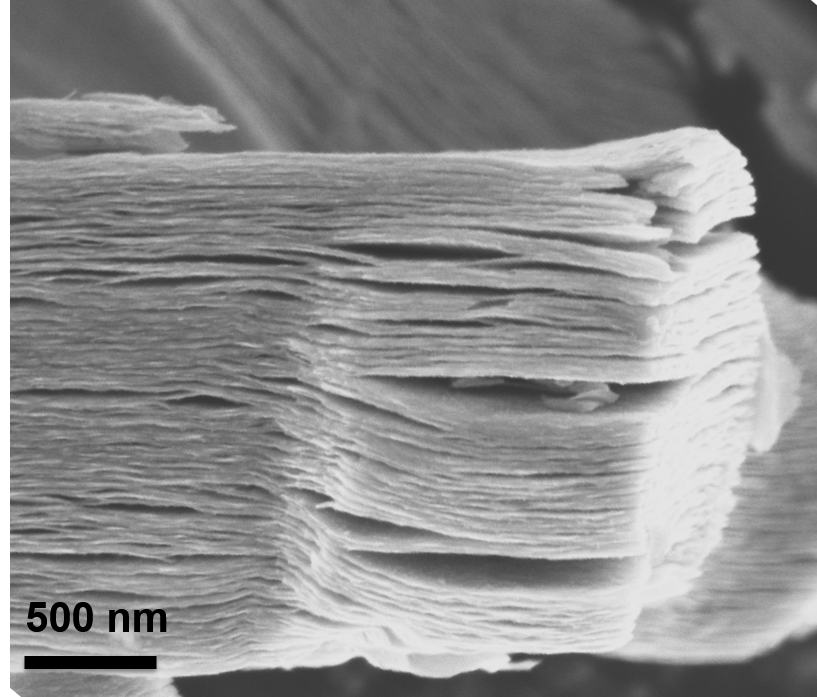An international research group has conducted a review to investigate how two-dimensional transition metal carbides and nitrides known as MXenes could be used as materials for solar cells.
MXenes compounds take their name from their graphene-like morphology and are made via selective etching of certain atomic layers from a bulk crystal known as MAX.
“Recently, MXenes have shown promise for use in PV technology owing to their unique optoelectronic properties, such as their large charge carrier mobility, excellent metallic conductivity, high optical transmittance, and tunable work function (WF),” the scientists said, noting that an MXenes compound known as titanium carbide MXene (Ti3C2Tx) has already been used for applications in solar cells.
The scientists said that MXenes materials exhibit good conductive behavior, but a few of them with suitable surface terminations can also exhibit semiconductor-like behavior.
“The superconductive, conductive, or semiconductive-like characteristics of MXene are entirely dependent upon the surface terminations. Without surface terminations, all MXenes are expected to behave as metallic conductors, where the transition metals are the charge carriers,” they said.
The first attempt to use MXenes in solar cells dates back to 2018, when Ti3C2Tx was used as an additive in the absorbing layer of a MAPbI3-based perovskite cell. This resulted in enhanced grain size and raised device efficiency from 15.5% to 17.4%.
“The large crystal size enhanced the light absorption ability of the perovskite layer,” the scientists said. “Additionally, the high electrical conductivity and mobility of Ti3C2Tx were found to be advantageous for boosting the charge-carrier transfer inside the device.”
In other research, ultra-thin Ti3C2Tx quantum dots (TQDs) were considered for use in perovskite absorber films, electron transport layers (ETLs) and hole transport layers (HTLs) to build perovskite-based, organic and crystalline silicon PV cells. The 2D compound was also used to develop highly transparent and conductive electrodes (TCEs).
“The high transparency of the TCEs allows more photons to be harvested, thus leading to increased absorption. The high cost of carbon-based electrodes limits their application in PV technology,” the academics said.
They have called for more simulation and theoretical studies to optimize the properties of Ti3C2Tx and other MXenes materials, as several challenges and limitations still need to be addressed to make them viable for long-term practical applications. They also noted that Ti3C2Tx flakes are toxic and that a roadmap for their integration on an industrial scale should be properly considered.
Another issue for MXenes solar cells might be their long-term stability. However, Ti3C2Tx has thus far demonstrated relatively higher stability.
“Its long-term exposure to the ambient environment degrades the device performance, mainly because of the oxidation of Ti3C2Tx flakes,” the researchers explained.
They presented their findings in “2D MXene: A Potential Candidate for Photovoltaic Cells? A Critical Review,” which was recently published in Advanced Science. The research group includes scientists from Dongguk University, Korea University, and Hamad Bin Khalifa University (HBKU).
“This systematic review is both expected to provide a way to realize the diverse nature of MXene composites from a different perspective, and open new directions to find solutions for next-generation PV applications,” the scientists said.
This content is protected by copyright and may not be reused. If you want to cooperate with us and would like to reuse some of our content, please contact: editors@pv-magazine.com.




2 comments
By submitting this form you agree to pv magazine using your data for the purposes of publishing your comment.
Your personal data will only be disclosed or otherwise transmitted to third parties for the purposes of spam filtering or if this is necessary for technical maintenance of the website. Any other transfer to third parties will not take place unless this is justified on the basis of applicable data protection regulations or if pv magazine is legally obliged to do so.
You may revoke this consent at any time with effect for the future, in which case your personal data will be deleted immediately. Otherwise, your data will be deleted if pv magazine has processed your request or the purpose of data storage is fulfilled.
Further information on data privacy can be found in our Data Protection Policy.